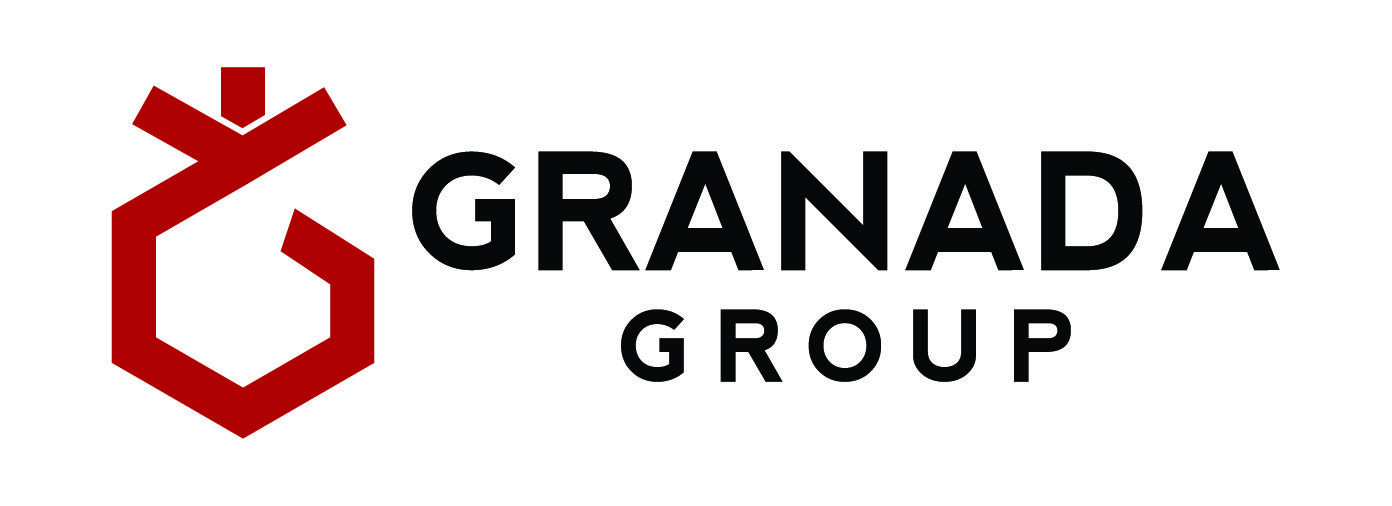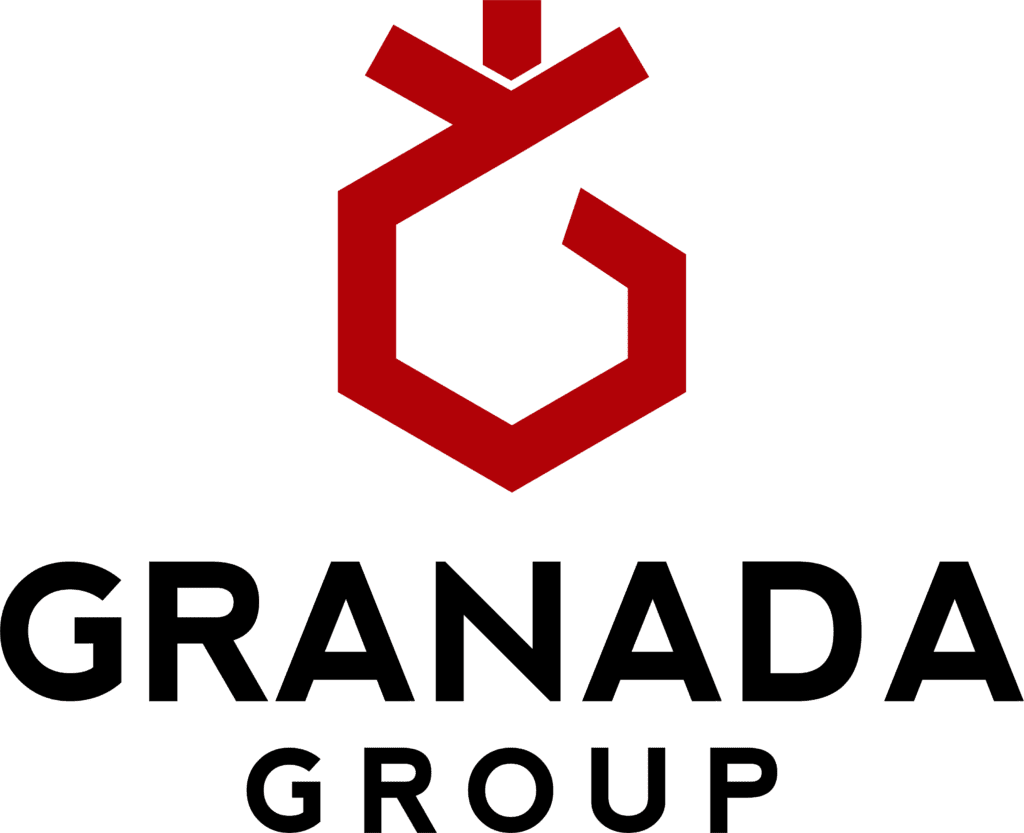Feeling stuck? Why these two project management tools can help.
Project Management Tool #1: Daily Stand-Up
One of my favorite elements of top-notch project management is the Daily Stand-Up. The Daily Stand-Up is a 15-minute meeting each day (usually at the beginning of the day) where each team member answers the following three questions (or some version similar to these):
- What did I do yesterday to move our team towards our goal(s)?
- What am I doing today to move our team towards our goal(s)?
- What challenges do I need help with to move our team towards our goal(s)?
Project Management Tool #2: Checklists
Checklists may seem like a boring topic but they can be helpful in many scenarios. If you are new and still don’t know “how things are done” or if you find yourself making mistakes regularly, a checklist can be a valuable tool. We can’t remember everything and the people we report to get tired of reminding us and we get tired of making the same mistakes. Make a checklist for yourself and before you mark it final, make sure you’ve got it right.
In a new role or a fast-paced environment, there is a lot of guidance and you will stand out if you can hear feedback once and then incorporate it into your next iteration. Take it one step further and clearly communicate a tactical way you are incorporating the feedback. Example: “Thank you for that specific direction. I’ve created a checklist that I will check future deliverables against so you won’t see those mistakes again.”
The Key to It All
What do the Daily Stand-Up and checklists have in common? They encourage and support communication! Even with the most beautiful and detailed spreadsheet and the best team in the world, you will not be successful without communication. The Daily Stand-Up motivates team members to share and ask for help. A checklist is a way to synthesize and fact-check what has been communicated to you.
It’s really easy for people to start moving really quickly and only realize much too late that they are going in the wrong direction or they have overlooked something crucially important. Why? Because they were not regularly communicating with their team. Given that we know that a message needs to be repeated between three and seven times to be heard, there can never be too much communication!



